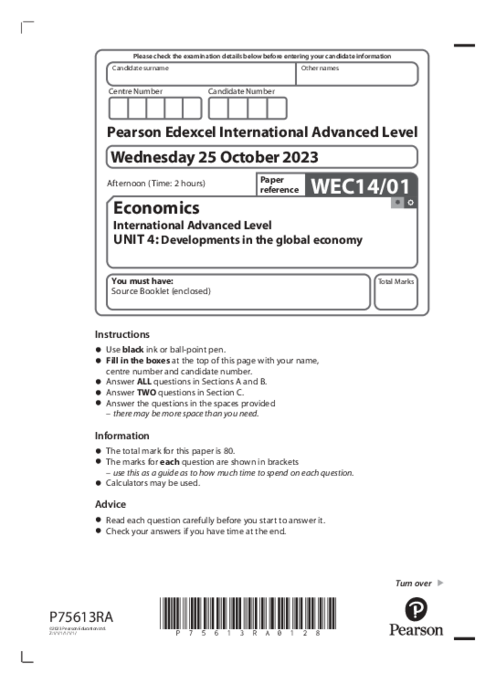Economics WEC14/01 October 2023
omer uner
1. Pakistan’s macroeconomic context: rising foreign currency gap, debt servicing challenges, depreciation of rupee against US dollar, declining foreign reserves, risk of economic collapse, import restrictions on non-essential goods, IMF loan conditions, fiscal deficit issues, tax revenue insufficiency from high-income households, property market tax gaps.
2. Key economic indicators: national debt growth (2018-2022), debt servicing payments proportion, rupee-US dollar exchange rate fluctuations, current account deficit, balance of payments pressure.
3. IMF roles: financial support to reduce current account deficit, conditions requiring fiscal deficit reduction, subsidy removals, base interest rate hikes for currency stabilization, enforcement challenges by past governments.
4. Foreign currency gap: difference between foreign currency inflows and outflows impacting import capacity, exacerbated by debt servicing payments.
5. Macroeconomic effects of increased income tax on high-income households: potential impact on fiscal deficit reduction, revenue generation, consumption and investment levels, income distribution, economic growth, and social equity.
6. Economic risks and policy responses: temporary import bans, subsidy removals, interest rate adjustments, IMF loan dependency, structural tax reforms targeting wealthy households for sustainable fiscal management.
See More Unit 4 7 months ago
Economics (WEC) Subject directory
All resources in one place
Related Past Papers
Related Tutorials
Crash report
